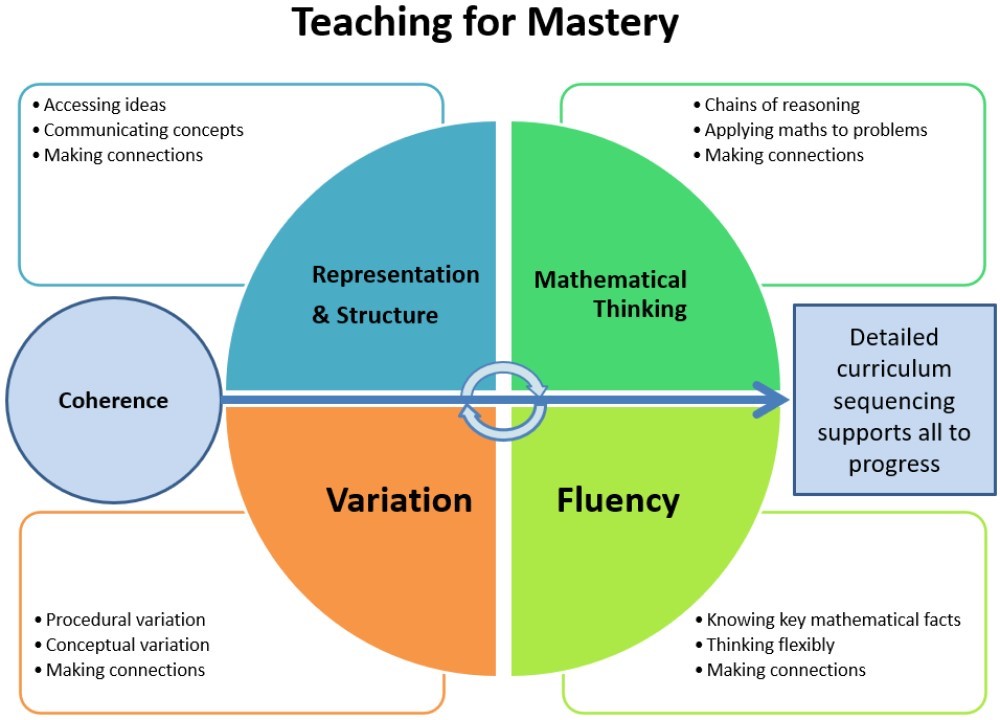Maths
At All Saints Church School, we know that everyone can be a mathematician. Students will develop as mathematicians through carefully planned and sequenced learning that engages, inspires and develops our pupils’ abilities to articulate their thinking. Our pupils follow a scheme of learning informed by White Rose which promotes pupils to have a strong understanding of mathematical concepts. They will be able to draw on strategies taught to help them understand, apply and reason mathematically.


We implement a mastery curriculum that inspires children to be the best that they can be, using the Concrete, Pictorial and Abstract (CPA) approach to give children the best possible chance of embedding those core concepts before building on them and applying them. Once the core concepts are understood, ‘procedural fluency’ (speed and accuracy of recall of methods) is built on to enable children to access the next steps in their maths. Automaticity of number facts is essential in order for children to access more and more complex mathematical systems.
The five big ideas involved in the mastery approach are depicted below:

EYFS: During their foundation year at All Saints Church School, children are immersed in a number-rich environment and are introduced to numbers and their values through the Mastering Number scheme. This teaches the children to subitise (to perceive a number of items at a glance, without counting) and to count accurately. We identify and sequence small steps in the reception year, in order to ensure that all children learn and apply the facts and methods to wider problem-solving. Children leave our Acorns classroom with a strong sense of number, feeling confident and able.
Times tables: Learning of times tables is an important element, enabling fluent access to many calculations and mathematical problems. At All Saints, we begin our understanding of multiplication using concrete and pictorial methods, ensuring that the children fully understand the calculations before they go on to learn them by heart. These concrete and pictorial representations are referred to frequently and used to scaffold children’s understanding as they work through learning all 12 of the times tables, ready for their Multiplication Times Tables Check at the end of year 4.
Pupil Voice
“I feel confident with my maths,” Ella-Rai. 
“I like maths because it helps me do other things,” Maddie.
“I’ve got so much better at my times tables this year,” Leah.
“I enjoy maths, it’s fun,” Rhys.
How to help at home
Maths with Michael- has maths changed?
https://play.ttrockstars.com/?cb=1698320830025
Below is the presentation from our recent parents and carers maths information event, where we welcomed guest speaker Luke Oaks, Boolean maths specialist to talk us through the mastery approach.
Jesus says, “All things are possible if you believe.” Mark 9:23
